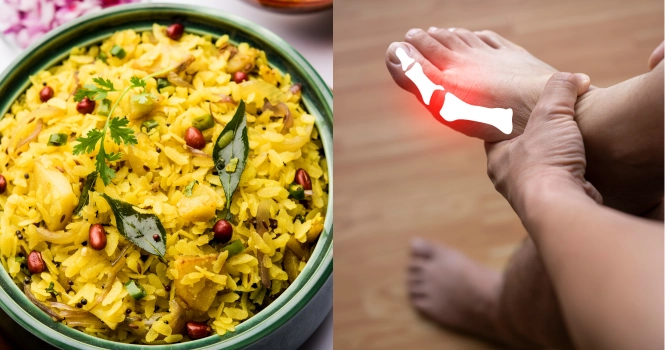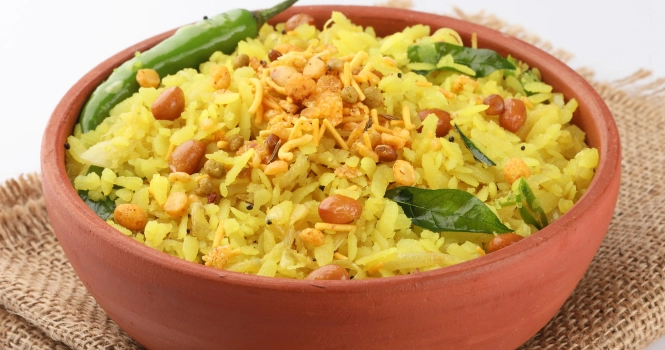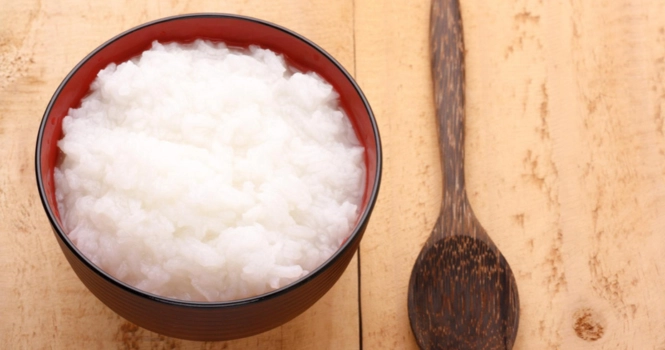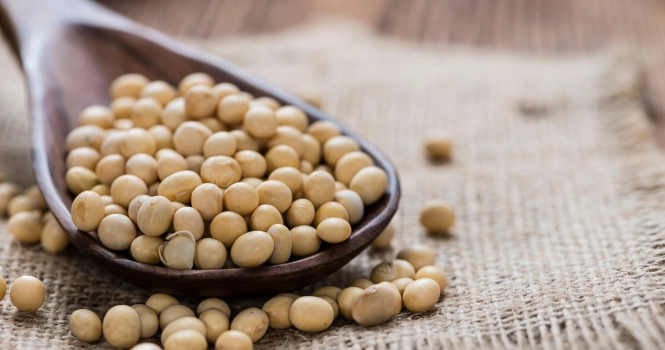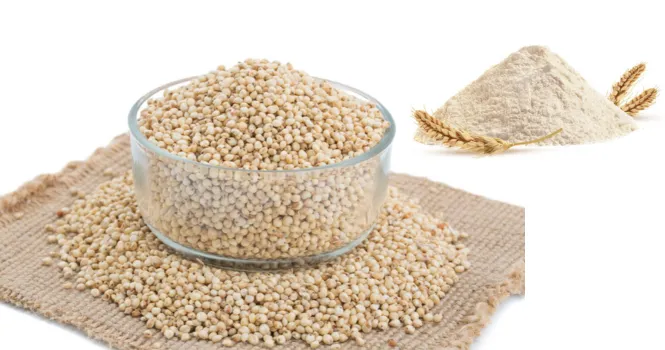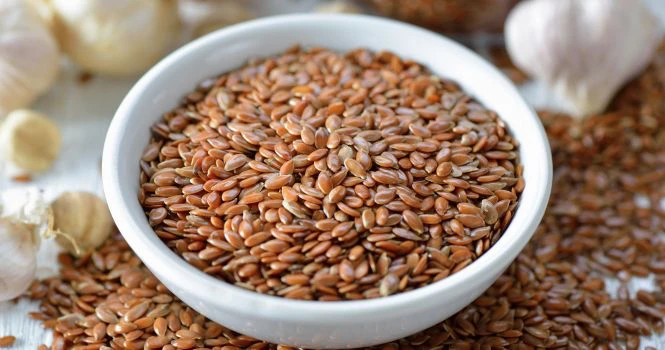Foods That Increase Hemoglobin Naturally
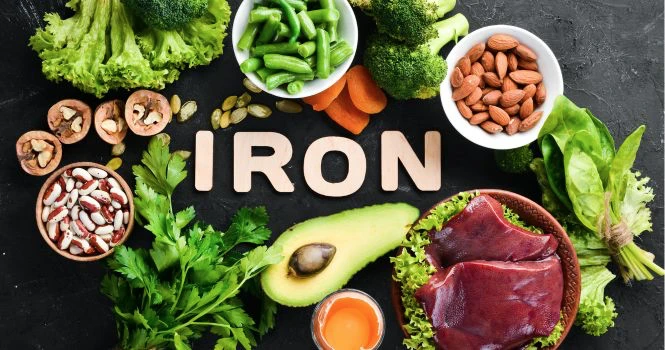
In this important article, we will be looking into food items which naturally increase Hemoglobin. It’s also written as Haemoglobin.
Before we go into the details, Let’s understand the function of hemoglobin and why it is important to get it within normal range.
The main function of Hemoglobin is to transport oxygen.
Hemoglobin is found in the RBC or Red Blood Corpuscles in the blood.
Hemoglobin contains iron, which helps it to pick up oxygen to be transported.
Life span of RBC is around 120 days,
Now when the body is producing less number of RBCs than those which are destroyed, then the level of Hemoglobin drops (As hemoglobin is found in RBCs), which leads to Anemia.
The most common form of Anemia in the world is Iron Deficiency Anemia and we will be dealing in this article.
The normal ranges for both men and women
- Normal Range of Hemoglobin for Men: 13.8 to 17.2 g/dL
- Normal Range of Hemoglobin for Women: 12.1 to 15.1 g/dL
- Normal Range for Children: 11 to 16 g/dL
- Normal Range for Pregnant Women: 11 to 15.1 g/dL
For the body to function optimally, the hemoglobin levels have to be within normal range, and if it goes below the normal range, then signs and symptoms start appearing;
Symptoms of Iron Deficiency Anemia
- Getting Tired easily
- Increased Heart Rate(Tachycardia Heart rate > 100)
- You can yourself hear your heart beating fast (Palpitations)
- Breathlessness when there is exertion( Dyspnea on exertion)
Causes of iron Deficiency Anemia
1. Deficient diet
2. Decreased absorption
- Autoimmune gastritis
- Celiac sprue
- Helicobacter pylori gastritis
- Hereditary iron-refractory iron deficiency anemia Zinc deficiency
3. Increased requirements
- Pregnancy
- Lactation
4. Blood loss (chronic)
- Gastrointestinal
- Menstrual
- Blood donation
- Hemoglobinuria
5. Iron sequestration
- Pulmonary hemosiderosis
6. Idiopathic (Unknown)
Blood tests to identify Anemia
- CBC (Complete Blood count)
- MCV measures the average size of red blood cells.
- MCH measures the amount of hemoglobin in each red blood cell
- MCHC measures the concentration of hemoglobin in each red blood cell.
- Ferritin (It is a measure of Total Body iron stores)
- Transferrin (Iron Transport Protein)
- Iron with TIBC (TIBC is Total Iron binding capacity)
- Folic Acid
- Vitamin B12
Iron deficiency slowly develops and the stages are in the following order
- Depletion of iron stores without anemia
- Anemia with normal RBC size (Normal MCV)
- Anemia with reduced RBC (Low MCV)
Normal Daily Requirement of Iron
- Men over 18 : 8.7 mg per day
- Women 19 to 50 : 14.8 mg per day
- Women over 50 : 8.7 mg per day
27 Foods that increase Hemoglobin Naturally
Dietary iron has two main forms: heme and nonheme.
Plants and iron-fortified foods contain non-heme iron only, whereas meat, seafood, and poultry contain both heme and nonheme iron
1. Spinach
- One cup of cooked spinach contains 6.4 mg of iron, which is about 36% of the daily value for adults.
- Spinach is also rich in vitamin C, which can enhance iron absorption.
- Eating spinach raw can help retain more of its nutrient content, but cooking spinach can also increase the availability of some nutrients, including iron.
- One way to have spinach is to add it to salads, sandwiches, or wraps. You can also use it as a base for smoothies or blend it into a soup or sauce.
- Another option is to sauté spinach with garlic and olive oil as a side dish or add it to stir-fries, omelets, or frittatas.
- Spinach can also be used as a filling for vegetarian lasagna or stuffed pasta shells, or added to casseroles or baked dishes for extra nutrition.
2. Beetroot
- Beetroot is a root vegetable that is rich in essential nutrients, including iron, folate, and vitamin C.
- One cup of raw beetroot contains about 0.8 mg of iron.
- Beetroot can be eaten raw or cooked, and its leaves can also be eaten as a vegetable.
- Raw beetroot can be sliced or grated and added to salads or sandwiches. You can also use it as a base for smoothies or blend it into a juice.
- Cooked beetroot can be roasted, boiled, or steamed and served as a side dish or added to soups, stews, or casseroles.
- Beetroot can also be pickled or fermented, which can help enhance its nutritional value and provide additional health benefits.
- Beetroot leaves can be used in salads or sautéed as a side dish. They can also be added to smoothies or juices for extra nutrition.
3. Red meat
- Red meat, such as beef, lamb, and pork, is a rich source of heme iron, which is more easily absorbed by the body compared to non-heme iron found in plant-based foods.
- Three ounces (85 grams) of cooked red meat contains about 2.1 mg of iron.
- To maximize the nutritional value of red meat, it’s important to choose lean cuts and limit intake of processed or cured meats, which can be high in sodium and saturated fat.
- Red meat can be grilled, roasted, baked, or sautéed and served as a main dish or added to salads, sandwiches, or wraps.
- You can also use ground beef or lamb as a base for meatballs, burgers, or meatloaf.
- Red meat can be added to stews, soups, or chili for extra flavor and nutrition.
- It’s important to avoid overcooking red meat, as this can reduce its nutrient content and potentially increase the risk of cancer. Aim to cook red meat to a safe internal temperature and limit intake to recommended amounts.
4. Liver
- 3 ounces (85 grams) of cooked beef liver contains about 5.8 mg of iron.
- Liver can be grilled, sautéed, or pan-fried and served as a main dish or added to stews or casseroles for extra flavor and nutrition.
5. Lentils
- 1 cup of cooked lentils contains about 6.6 mg of iron.
- Lentils can be added to soups, stews, or salads, or served as a side dish with brown rice or quinoa.
6. Chickpeas
- 1 cup of cooked chickpeas contains about 4.7 mg of iron.
- Chickpeas can be used to make hummus, added to salads or soups, or roasted for a crunchy snack.
7. Oysters
- 6 medium-sized raw oysters contain about 5.1 mg of iron.
- Oysters can be eaten raw, steamed, or grilled, or used as a topping for pizzas or salads.
8. Tuna fish
- 3 ounces (85 grams) of canned light tuna fish contains about 1.3 mg of iron.
- Tuna fish can be added to sandwiches, salads, or pasta dishes for a quick and easy meal.
9. Broccoli
- 1 cup of cooked broccoli contains about 1 mg of iron.
- Broccoli can be steamed, roasted, or stir-fried and served as a side dish or added to soups or stir-fries.
10. Kale
- 1 cup of cooked kale contains about 1.2 mg of iron.
- Kale can be used as a base for salads, added to smoothies or soups, or sautéed as a side dish.
11. Apricots
- 1 cup of dried apricots contains about 4.5 mg of iron.
- Apricots can be eaten as a snack, added to granola or oatmeal, or used as a sweet topping for desserts.
12. Prunes
- 1 cup of dried prunes contains about 3.7 mg of iron.
- Prunes can be eaten as a snack, added to smoothies or oatmeal, or used as a topping for yogurt or ice cream.
13. Raisins
- 1 cup of raisins contains about 2.6 mg of iron.
- Raisins can be eaten as a snack, added to granola or trail mix, or used as a topping for salads or oatmeal.
14. Quinoa
- 1 cup of cooked quinoa contains about 2.8 mg of iron.
- Quinoa can be used as a base for salads, added to soups or stews, or served as a side dish with roasted vegetables.
15. Tomatoes
- 1 medium-sized tomato contains about 0.5 mg of iron.
- Tomatoes can be used in salads, sandwiches, or sauces, or roasted for a flavorful side dish.
16. Green beans
- 1 cup of cooked green beans contains about 1.8 mg of iron.
- Green beans can be steamed, sautéed, or roasted and served as a side dish or added to stir-fries or salads.
17. Almonds
- 1 ounce (28 grams) of almonds contains about 0.6 mg of iron.
- Almonds can be eaten as a snack, added to salads or oatmeal, or used to make almond milk or butter
18. Brazil nuts
- 1 ounce (28 grams) of Brazil nuts contains about 0.6 mg of iron.
- Brazil nuts can be eaten as a snack, added to granola or trail mix, or used to make nut butter.
19. Cashews
- 1 ounce (28 grams) of cashews contains about 1.7 mg of iron.
- Cashews can be eaten as a snack, added to stir-fries or curries, or used to make vegan cheese or cream.
20. Pumpkin seeds
- 1 ounce (28 grams) of pumpkin seeds contains about 1.3 mg of iron.
- Pumpkin seeds can be eaten as a snack, added to salads or trail mix, or used as a topping for oatmeal or yogurt.
21. Brown rice
- 1 cup of cooked brown rice contains about 0.8 mg of iron.
- Brown rice can be served as a side dish with grilled or roasted vegetables, added to soups or salads, or used to make rice bowls or sushi rolls.
22. Pomegranates
- 1 medium-sized pomegranate contains about 0.6 mg of iron.
- Pomegranates can be eaten as a snack, added to salads or smoothies, or used as a topping for oatmeal or yogurt.
23. Strawberries
- 1 cup of sliced strawberries contains about 0.6 mg of iron.
- Strawberries can be eaten as a snack, added to salads or smoothies, or used to make strawberry shortcake or jam.
24. Grapes
- 1 cup of grapes contains about 0.5 mg of iron.
- Grapes can be eaten as a snack, added to salads or cheese plates, or used to make grape juice or wine.
25. Sweet potatoes
- 1 medium-sized sweet potato contains about 0.6 mg of iron.
- Sweet potatoes can be roasted or baked and served as a side dish, mashed and used in pies or casseroles, or used to make sweet potato fries or chips.
26. Squash
- 1 cup of cooked squash contains about 0.6 mg of iron.
- Squash can be roasted, pureed to make soup, added to casseroles or curries, or used to make squash noodles or fritters.
27. Mushrooms
- 1 cup of sliced mushrooms contains about 0.9 mg of iron.
- Mushrooms can be sautéed and added to salads, pasta dishes, or omelets, or used to make mushroom soup or risotto.
To increase iron absorption from plant-based sources, it is recommended to consume them with vitamin C-rich foods such as citrus fruits, strawberries, or bell peppers.
These foods are rich in iron, folic acid, vitamin B12, and other nutrients that are essential for the production of hemoglobin. It’s important to include a variety of these foods in your diet to ensure you’re getting all the nutrients your body needs to maintain healthy hemoglobin levels.
Additionally, cooking food in cast-iron cookware can also increase the iron content of the meal.
![]()



